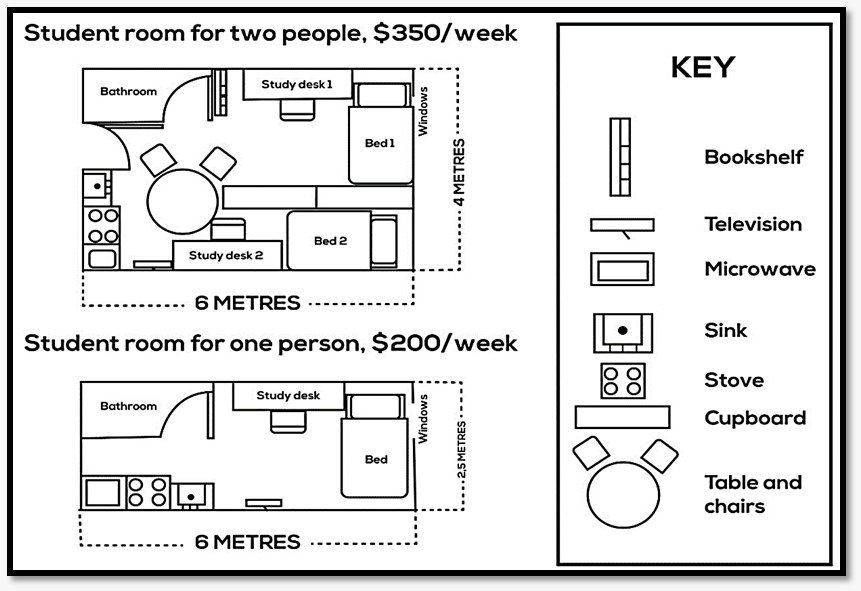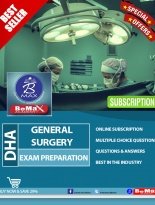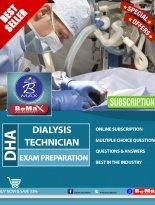Bemax Academy, the leading IELTS coaching centre in India, offers comprehensive training to help students successfully pass the IELTS exam. Over a half hundred-thousand students have chosen Bemax Academy and have gone on to settle in various foreign countries after achieving their high scores in the IELTS exam.
Here’s a piece of write up about IELTS Task 1 map questions from Bemax!
Key components of the IELTS coaching program of Bemax include understanding task requirements, analysing map features, comparing different aspects, and summarizing findings effectively. Students are also trained to use appropriate language and vocabulary to accurately describe map details and changes over time.
The intention of maps in academic writing for students is to aid in navigation in foreign places and provide details about various routes and layouts. Maps serve as visual tools to help students understand geographical features, graphic relationships, and locations of interest. By including maps in their academic work, students can enhance their understanding of unfamiliar environments and effectively communicate their findings to others.
Types of Map Questions
Changes Over Time:
These questions require you to analyse how a particular area has evolved over a period of time. The maps may show developments such as urbanization, infrastructure improvements, or environmental changes.
Example: Maps showing a city’s expansion from 1990 to 2020.

Comparisons Between Locations:
You’ll be given maps of two or more places, and you need to compare and contrast aspects such as population density, land use, or transportation networks.
Example: Maps of two different cities highlighting their respective public transportation systems.

Functional Language of Map Writing Question
Map writing questions typically include vocabulary related to:
|
Directions: |
north, south, east, west, north-east, north-west, south-east, south-west etc. |
|
Landmarks: |
rivers, roads, buildings, parks, etc. |
|
Verbs: |
show, indicate, depict, illustrate, represent, etc. |
|
Adjectives: |
urban, rural, developed, undeveloped, densely populated, sparsely populated, etc. |
|
Time: |
past, present, future; specific years or time periods. |
Functional language plays a crucial role in effectively describing maps in Task 1 of the IELTS writing exam. Here are some examples of functional language that you can use:
Introducing the maps:
- The maps illustrate…
- The diagrams depict…
- Map A shows…
- Map B represents…
Describing locations:
- In the northern/southern/eastern/western part…
- To the north/south/east/west of…
- Adjacent to…
- ..
Highlighting similarities and differences:
- ..
- ..
- In contrast…
- On the other hand…
- ..
- ..
- .. and…
- .. differs from…
Comparing and contrasting features:
- Compared to…
- In comparison with…
- In the same way…
- Similarly to…
- As opposed to…
- In a similar manner…
- ..
Describing changes over time:
- Over the 20-year period…
- Between 2000 and 2020…
- During the two decades…
- From 2000 to 2020…
- Over the course of 20 years…
Using specific data:
- There was a significant increase/decrease in…
- The percentage of… rose/fell…
- The number of… doubled/tripled/quadrupled…
- The proportion of… remained steady/unchanged…
Speculating or making predictions:
- It is likely that…
- It is possible that…
- It appears that…
- It seems that…
- One can predict that…
Emphasizing key points:
- It is noteworthy that…
- It is important to mention that…
- Of particular significance is…
- It should be emphasized that…
Expressing trends or patterns:
- There was a noticeable trend towards…
- The pattern indicates…
- A clear trend emerged in…
- It is evident that…
When using functional language, remember to vary your vocabulary and sentence structures to demonstrate your language proficiency. Also, ensure that your descriptions are clear, concise, and relevant to the information presented in the maps.
Tenses commonly used in IELTS Task 1 Map questions
In IELTS Writing Task 1 maps, it’s essential to use appropriate tenses to accurately describe the information presented.
Present Simple:
Use present simple for describing permanent features or characteristics of the location that are true for both time periods depicted in the maps.
Example: “The river flows through the centre of the town.”
Example: “The main road runs parallel to the railway track.”
Past Simple:
Use past simple to describe actions or events that occurred at a specific point in time in the past.
Example: “In 2000, there was a small park in the northern part of the town.”
Example: “The old bridge was replaced by a new one in 2010.”
Past Continuous:
Use past continuous to describe actions or events that were in progress at a particular time in the past.
Example: “In 2009, the city council was constructing a new shopping mall.”
Present Perfect:
Use present perfect to describe actions or events that started in the past but have relevance or impact on the present.
Example: “Since 2015, several new residential complexes have been built in the southern part of the town.”
Example: “The population has increased steadily over the past decade.”
Past Perfect:
Use past perfect to indicate actions or events that occurred before another action or event in the past.
Example: “By 2010, the town had already experienced significant industrial development.”
Example: “Before the construction of the new highway in 2008, traffic congestion had been a major problem.”
Future Tense (for proposals/predictions):
Although less common, you may use future tense to make predictions or speculate about future developments based on the information presented in the maps.
Example: “It is expected that further expansion of residential areas will occur in the coming years.”
TASK 1 MAP STURCTURE
|
1 |
Introduction |
Briefly introduce the maps, including the location and the periods they represent. |
|
2 |
Overview |
Summarize the main changes or trends and make any comparisons if necessary. |
|
3 |
BP 1 |
Describe each map separately, highlighting key features and landmarks. Then, compare the maps, focusing on changes or similarities. |
|
4 |
BP 2 |
|
|
5 |
BP 3 |
{optional} |
BeMaxprepares our students to master IELTS Academic maps writing with marking criteria
- Focus on accuracy and coherence in your writing.
- Use a variety of sentence structures and vocabulary to demonstrate your language proficiency.
- Pay attention to grammar, punctuation, capitalization and spelling.
Capitalize proper nouns such as names of places, streets, buildings, etc.
Use capital letters for the first letter of each new line in your writing.
For compass directions it will depend on how you are using the words.
If it is part of a name of some sort, just capitalize the first letter.
Example:Western Europe, South Beach, South Korea, the East China Sea etc.
If you are using it asan adjective describing
- the location of somewhere or 2)the direction something is going, then you don’t/shouldn’t capitalize it.
Example:The town has expanded its railway system south toward the port.
Example:The new railway transit centre is south of downtown Portland.
- Clearly organize your ideas and present them in a logical sequence.
- Practice writing task 1 responses under timed conditions to improve your speed and efficiency.
In conclusion, mastering IELTS Academic Task 1 map questions requires a comprehensive understanding of the key components, functional language, appropriate tenses, and structural organization. At Bemax Academy, we are dedicated to providing students with the necessary skills and knowledge to excel in their IELTS exams. Through our tailored coaching programs and expert guidance, students can confidently navigate through map-related tasks, effectively analyze and describe map features, and showcase their language proficiency with clarity and coherence. With diligent practice and adherence to marking criteria, our students are well-equipped to achieve success in their academic endeavors. Join Bemax Academy today and embark on a journey towards achieving your IELTS goals with confidence and competence
Follow us on our social media platforms for more updates











